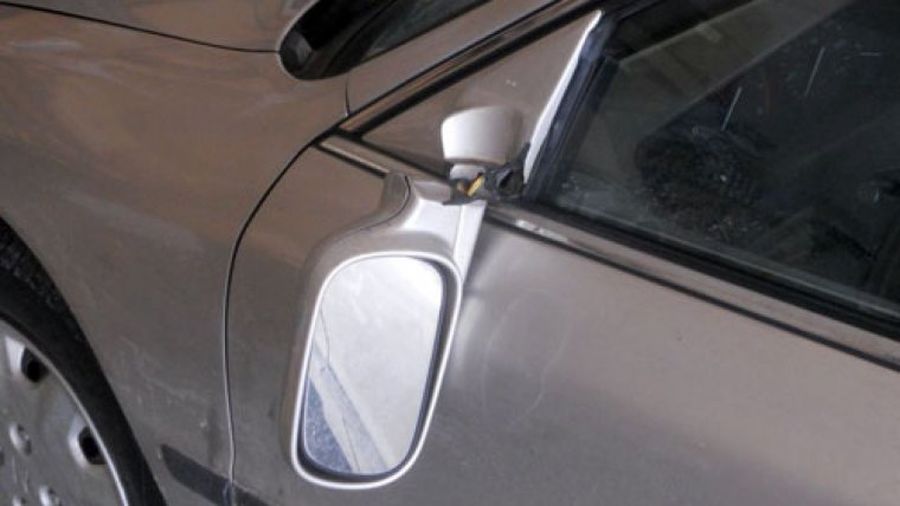Broken rearview scam
This form of scam consists in making the victim believe that they have had an accident and that they have broken the rear-view mirror of the scammer's vehicle, which is usually of foreign registration and usually French. To solve the accident, the scammer makes the victim believe that he is calling his company and passes the phone to them to agree. The call is false and the operator makes the victim believe that he had an accident with a foreign vehicle is very expensive and can cost up to € 1200. For this reason it is better to pay the rearview mirror and avoid the bill. Sometimes we also inform the victim that they will contact their insurer later to return the price of the rear-view mirror.
The places where they usually do this type of scams are: parking lots of large shopping centers, on a narrow road or near a traffic light.
Potential victims:
Anyone can be a victim of this type of scam, but older people who drive would be the main objective.
It is recommended:
- If you have a traffic accident, ask for police support by calling 112.
- The victim should always call his insurance company to know what steps to follow.
Technical cookies are absolutely essential for the website to work properly. This category only includes cookies that guarantee the basic functions and security functions of the website. These cookies do not store any personal information.
